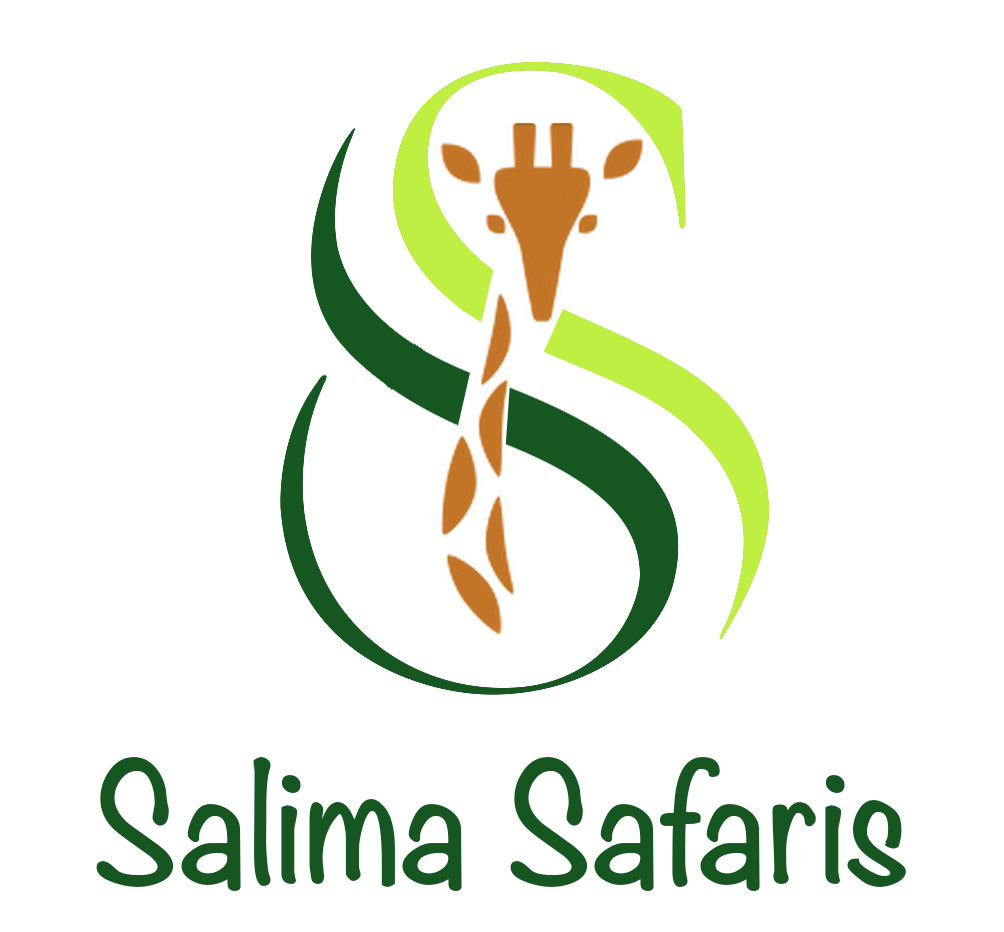Eco tourism
Explore Tours
Tourists are increasingly interacting with local communities and want to stay in places that impact On the environment, wildlife and the local population. Throughout Kenya, there is growing awareness of the benefits of community tourism projects.
Communities that have allowed access to their land have seen their lifestyles improve through increased revenue in form of wages, land leases and development funds.
Several eco-tourism projects have built boreholes, schools and clinics for local communities. Notable community tourism projects include Ngwesi and Tassia in Laikipia District, Sarara in Namunyak, Shompole in Magadi and Losikitok in Amboseli.
They range from complete community management to a partnership with an investor or trust that provides capital for building guest-houses and related facilities.
In most cases, the community provides land through a lease and ensures the protection of wildlife. Community members are employed and trained in the projects and get wages, development funds and involvement in spin-off enterprises. The community-based tourism concept is taking root and the Kenya Government has recognized the need to harness the product and market it in a more cohesive and systematic manner.
Preservation of the environment that supports tourism activities is not just for the benefit of foreign visitors. Eco-tourism involves more than preservation of wildlife for visitors. It also means protecting the country’s resources for the benefit of its people and wildlife
Eco-tourism and community wildlife and conservation ventures offer visitors rewarding wildlife experiences that give them the opportunity to enjoy and appreciate Kenya’s wildlife. Productive eco-tourism envisages a practice that has no negative impact on eco systems, and which contributes to the preservation of the environment.
Kenya’s dedication to eco-values sets it apart as a country that values eco-tourism. Performance is gauged through the ‘eco-ratings’ scheme — a project of the Eco-Tourism Society of Kenya. This pioneer scheme accords hotels, lodges and camps the opportunity to apply for a special rating, which rates their level of eco-friendliness.
Community-based tourism and eco-tourism are growing globally. They account for five per cent of the global tourism market and growing at a rate of 20-30 per cent a year.
Kenya has always played a leading role in Eco-tourism, with our rich wildlife and cultural heritage being strongly interlinked with our tourist business. The preservation of our environment and resources is seen as a major national priority, and the tourist industry has always been at the forefront of measures to preserve and protect.
Community and Eco-tourism ventures in Kenya have become examples for the world to follow, especially in areas in which local people have initiated and manage projects that allow wildlife, tourism and their traditional way of life to co-exist in a mutually beneficial partnership. This is genuine eco-tourism that has no negative impact on eco-systems, and positively contributes to the destination on a social and environmental level. Visitors learn from their experiences and develop a greater understanding of the issues and challenges of preserving this great natural heritage for generations to come.
This dedication to eco-values has set Kenya apart from other African destinations. The ongoing commitment was again proved with the launch of the “Eco-Ratings” scheme- a project by the Eco-Tourism society of Kenya (ESOK).
This pioneering scheme- the first of its kind in Africa- means that Kenya’s hotels, lodges and camps can apply for a special rating- which will rate their level of eco-friendliness.
Far from being just a token label- an eco-rating requires individual properties to be continually assessed for eco-friendly practices and facilities, allowing them to receive and display a special classification, proving their genuine commitment to our environment. The ratings are three tier- with Gold, Silver and Bronze categories. Kenya has a wide range of ecotourism activities, including cultural (indigenous peoples) and environmental (hiking and adventure tourism, and wildlife safaris)
This classification system looks into every possible facet of environmental responsibility from water treatment and sewage disposal, to policies on employment of local people, and contributions to the community.
This is a quality control tool that reduces any impact of tourism on the natural and social environment while at the same time improving the quality of Kenya’s tourism, both for today and for the future.
This bold venture places Kenya at the very forefront of African tourism- making Kenya the continent’s leader in eco-tourism.
Visiting Kenya and staying at an Eco-rated property is one way of supporting the protection of Kenya’s important natural and cultural wealth for future generations to come.
Ecotourism is one of the biggest investment opportunities in the forest sector in the world. Kenya is a popular destination in Africa for ecotourism which is fueled by public and private initiatives that revolve around the country’s rich natural based recreation.
Forests offer a wide range of activities for tourists to engage in such as nature trails, picnic and camping sites, boardwalks, canopy walks, among others. With a forest cover of about 3.45 million hectares, Kenya forest Service (KFS) has identified different forest sites in Kenya as an ecotourism destination.
Samburu National Reserve
The Samburu National Park was made famous by Joy Adamson, a naturalist, artist, and author. Her book, Born Free, describes her experiences raising a lion cub named Elsa.
There is a wide variety of animal and bird life to be viewed. All three big cats, Masai lion, Tanzanian cheetah, and leopard can also be found here, as well as elephants, buffalo, and hippos. Unfortunately, rhinos are no longer present in the park due to heavy poaching. The Samburu National Reserve is a paradise for bird lovers, with over 350 species of birds already recorded.
The neighbouring communities to the reserve are the Samburu tribe, a clan of the Masai. They play a major role as part of the tourist attractions of the area, due to their traditional ceremonies, food, dances, and sale of traditional crafts. You have the opportunity to interact with these colourful people and experience their culture.
There are lodges in Samburu that practice a form of tourism that promotes social and economic cooperation to improve lives and preserve wildlife. One lodge supports initiatives which involve students from local primary schools, where the children are taken for game drives aimed at mentoring wildlife conservation. Local women are also involved through the Women Safari Project for conservation sensitization purposes.
Mount Kenya National Park
The Mount Kenya National Park is home to Africa’s second highest mountain, Mount Kenya, and is also an amazing place to not only view this majestic mountain but to indulge in some excellent animal and bird viewing. Prevalent here and in other Kenya game reserves, UNESCO launched the “Man and the Biosphere Programme”, which is an intergovernmental scientific program, that aims to establish a scientific basis for the improvement of relationships between people and their environments.
Mount Kenya
The Mount Kenya National Park is basically a forest reserve in which a number of animal species reside. There are at least 160 bird species existing in the National Park, and it home to several species of eagles that sometimes soar high above.
Of course, we can’t ignore Mount Kenya, which rises to a height of 6000 metres/19,500 feet. It may seem surprising that its glacier-clad summits are situated only 16 kilometres/10 miles south of the equator. When you first sight Mount Kenya, you will certainly be taken in by its beauty amid such dramatic scenery.
Lake Nakuru National Park
Located on the floor of the Rift Valley, the beautiful Lake Nakuru National Park is home to not thousands, but up to 2 million flamingos! The lake’s abundance of algae attracts this vast quantity of flamingos that famously line the shores of Lake Nakuru. They feed on the abundant algae here which thrives in the warm waters of the lake.
Because Lake Nakuru supports so many flamingos, plus 400 other bird species, the authorities recognize the need to promote new areas within the park to take off the pressure from the existing ones. Therefore, new sources of water are being developed.
Lake Nakuru is one of Kenya’s two premium parks, and is the only fully fenced park in the country – not to keep the animals in but to keep poachers out.
The park, a UNESCO World Heritage site, has more than 25 eastern black rhinoceros – one of the largest concentrations in the country, plus around 70 endemic southern white rhinos. There are also about 50 rare tree-climbing lions in the park.
Masai Mara National Game Reserve
The Masai Mara is situated in south west Kenya, and together with the adjoining Serengeti National Park in Tanzania, is one of the most diverse, spectacular eco-systems anywhere. One of its big attractions is its Great Migration, an amazing occurrence which takes place twice a year, one north to south around October, and one south to north around July.
The reserve hosts over 95 species of mammals and over 570 recorded species of birds. Probably together with Serengeti, it is without doubt, one of the best places anywhere to view wildlife.
There is one camp here which is held in high esteem for its commitment to ecotourism, from fighting climate change to nature conservation and local development. It is the Base camp Masai Mara. Each year, it receives more than a thousand educational visits from universities, government departments, and ecotourism operators. It has 12 guest tents with a total workforce of 48 permanent staff, of which 95% are from the local area.
Lake Bogoria & its envions.
Lake Bogoria National Reserve is a beautiful place with the pink cloud of flamingos and the geysers bubbling with the most spectacular hot water Volcanis springs. Much more is the fascinating phenomenon of the hot springs, an indication that molten rock does not lie far below the earth’s surface. The lake is geothermically active on the western shore.
It is home to one of the largest populations of the lesser flamingoes.
Included Safari Features
- Round trip transport from Nairobi, through the sites mentioned in the above itinerary and back to Nairobi.
- Multi-lingual Professional Safari Guide/Driver.
- Recommended accommodation.
- Guaranteed departures for at least two (2) guests for Private trips, at least four (4) guests on Luxury trips and at least six (6) or more guests for budget booking.
- Complimentary Mineral Water in the Safari Minibus whilst on Safari.
- Membership in Flying Doctors Society – Emergency air rescue.
- Safari vehicles carry cold drinks and mineral water.
- Guaranteed window seating with open top/ roof.
- All meals included while on safari.
- Pre–tour itinerary document.
- Extensive Game drives.
- 100% of the total sum of the trip to be paid before the day of the Safari.
- Government Levy, VAT and Service charges are included.
- Guaranteed clean, well serviced & well conditions cars.
Excluded Safari Features
- Personal expenses such traveling insurance, excess baggage fee, communication charges that includes, emails, faxes, cell phones, airtime and phone calls, beverages or meals not indicated in the itinerary.
- All applicable Game Park entrance fees.
- Optional Night Game drives, Bird watching, Nature walks, evening outings etc.
- Gratuity for Porte rage, waiters at hotels, camps and airports.
- Christmas, New Year and Easter Supplements.
- Gratuity for your professional driver guide.
- Sundowner bush cock tails, balloon Safaris, Horse Rides, Chopper trips, Yatch trips, Drown recorded trips and bush dinner. Although they can be provided on request.
- Cost of obtaining passport and visas while crossing borders.
- International/ Local / Flying Doctors Airfares.
Kindly note: We considerately advocate for M-Pesa payment for your safari using our TILL NUMBER.

